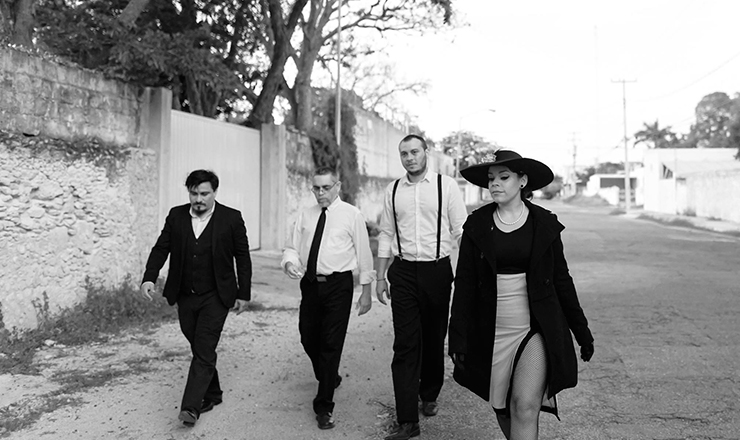The “Neomaya” architecture is an urban architectural creation that forms part of the cultural heritage and represents the Yucatán Peninsula and Mexico on an international level. After the Mexican Revolution, the country embarked on a mission to revive and celebrate its indigenous heritage. This cultural renaissance was expressed artistically through various Neo-Prehispanic styles, with Neo-Maya being one of the most prominent. Today, this unique architectural style can still be admired in buildings and monuments across Yucatán, particularly in certain municipalities and streets of Mérida.
The Evolution of Neo-Maya Architecture
The Neo-Maya style in Yucatán evolved in two distinct stages. The first stage, which spanned from 1915 to 1945, emerged immediately after the revolution. During this period, architects sought to preserve the cultural elements that had been established, resulting in structures that deeply reflected the region’s indigenous roots. The second stage was marked by greater innovation, blending traditional indigenous motifs with Art Deco influences. This fusion introduced modern finishes and decorations, creating a distinct architectural identity that resonated with the spirit of the times.
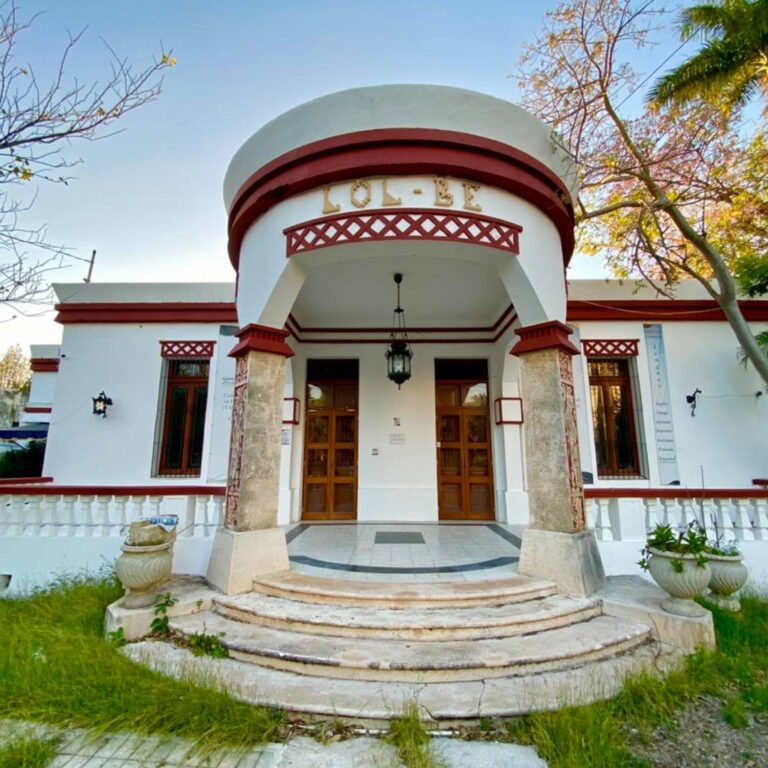



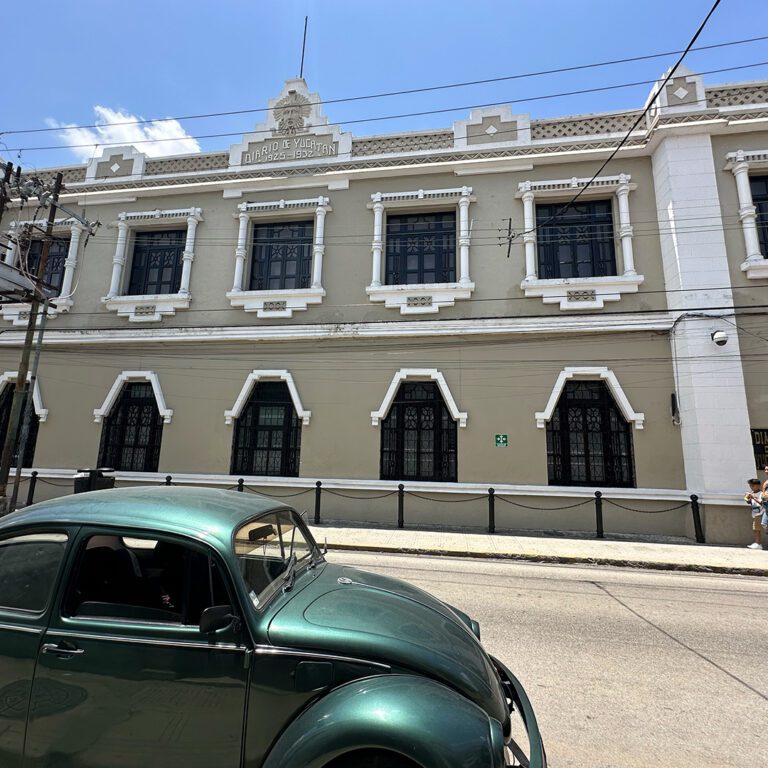

Iconic Neo-Maya Landmarks in Mérida
Former Rendón Peniche Sanatorium
A prime example of Neo-Maya architecture, the former Rendón Peniche Sanatorium, was built in 1919 by Yucatecan architect Manuel Amábilis for railroad workers. After serving as a hospital and later a warehouse, the building was abandoned for a time. Today, it houses the Peninsular Center for Humanities and Social Sciences of UNAM. The building’s facade features columns and arches inspired by Maya sites, adorned with serpent-like patterns. The interior boasts impressive columns and arches that are a testament to the architectural style’s grandeur.
Location: Calle 43 x 46, La Plancha, Col. Industrial, Mérida.
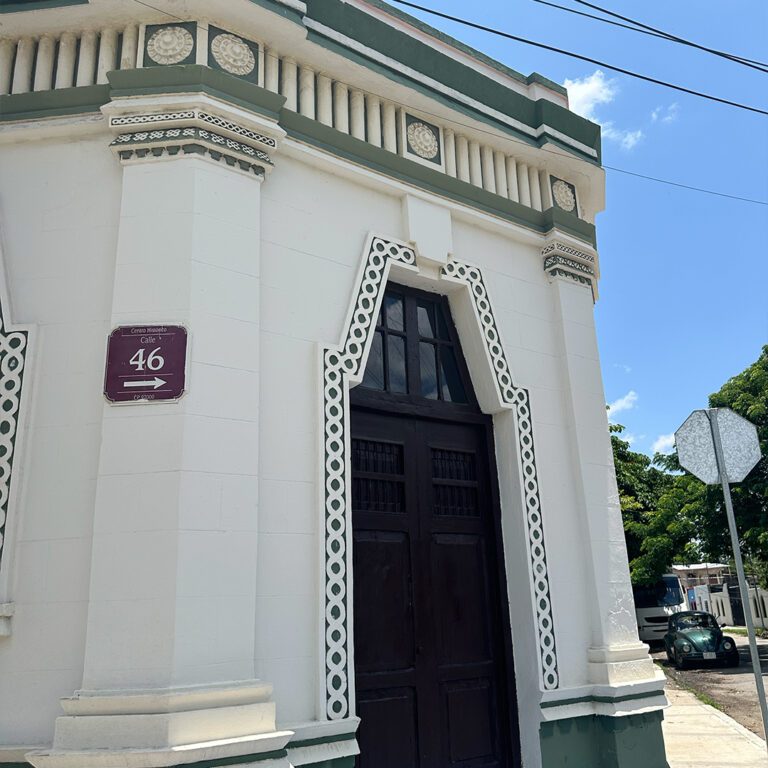

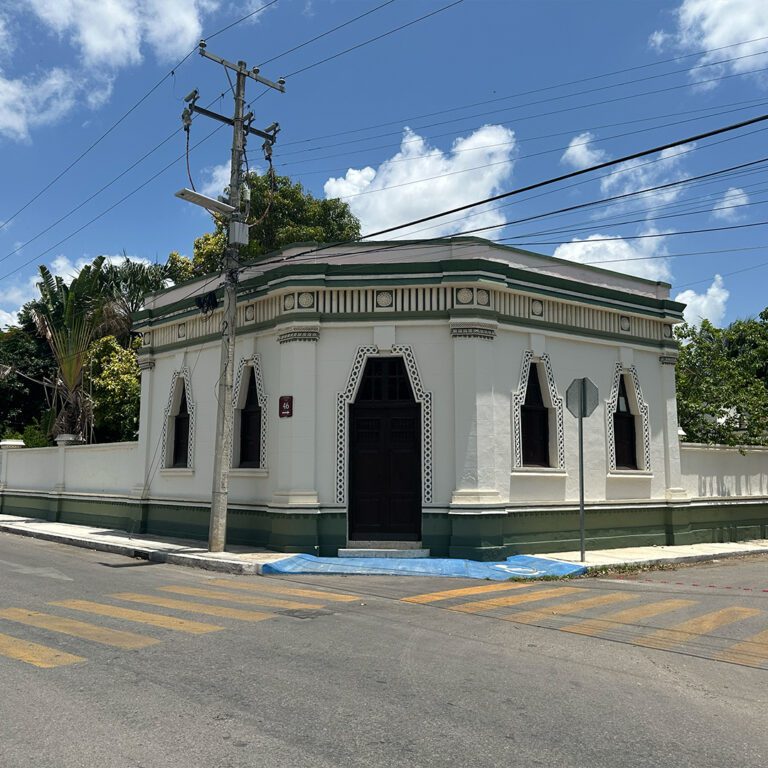

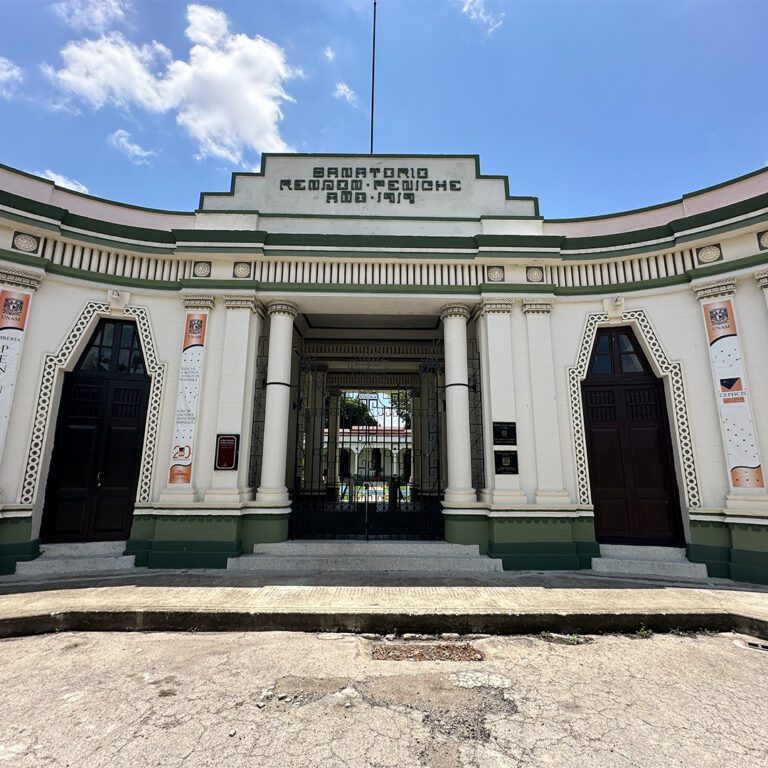

Casa del Pueblo
Inaugurated in May 1928, Casa del Pueblo is another stunning example of Neo-Maya architecture, designed by Italian architect Ángel Bachini. The building’s facade is divided into three sections and currently serves as the office of the Institutional Revolutionary Party (PRI). Visitors are greeted by monumental serpent-shaped columns at the entrance, and the building is adorned with geometric patterns, lattices, false arches, and other Maya-inspired motifs, both on the front facade and throughout its corridors.
Location: Calle 65 x 48, Centro, Mérida.
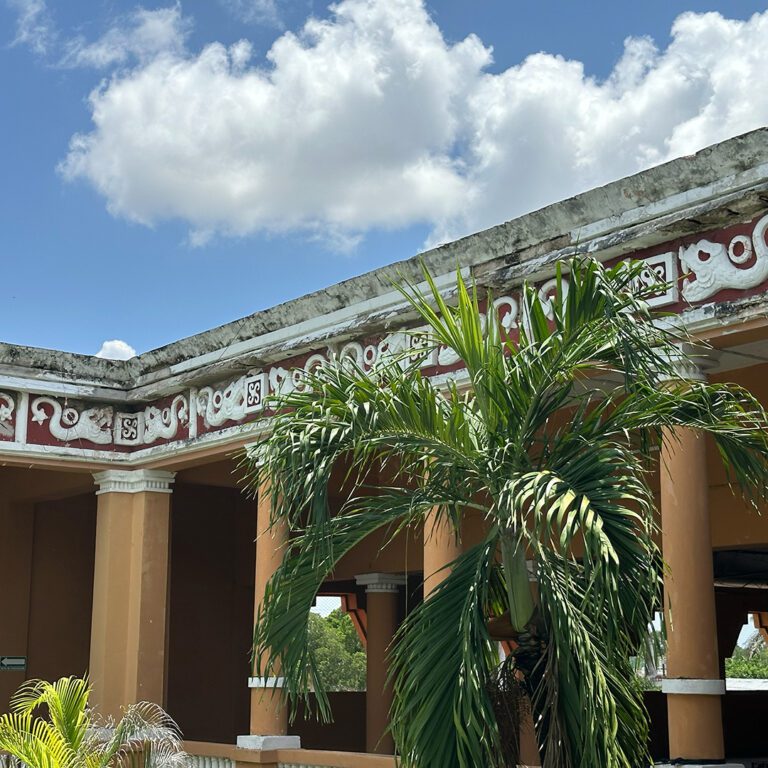

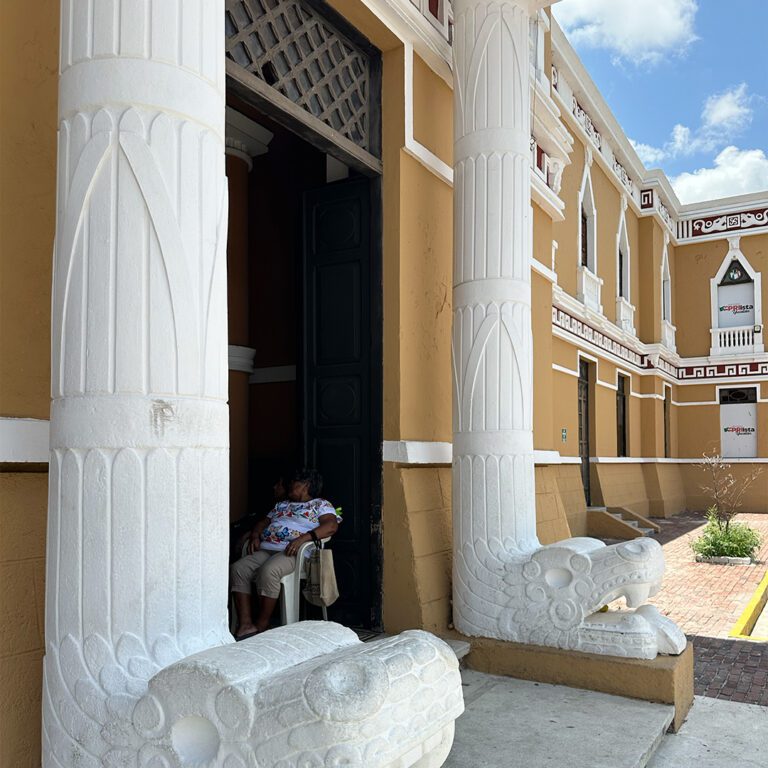

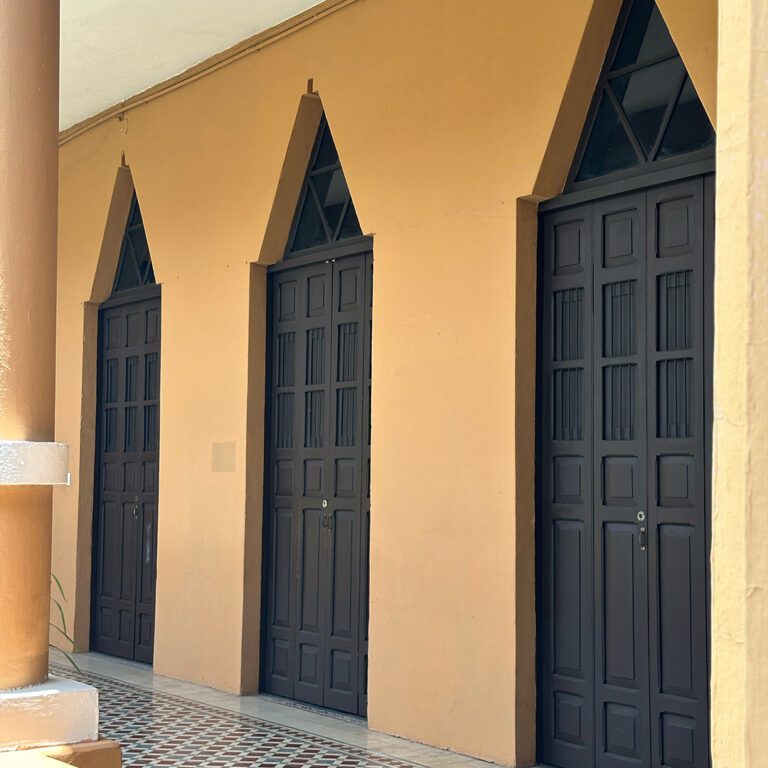



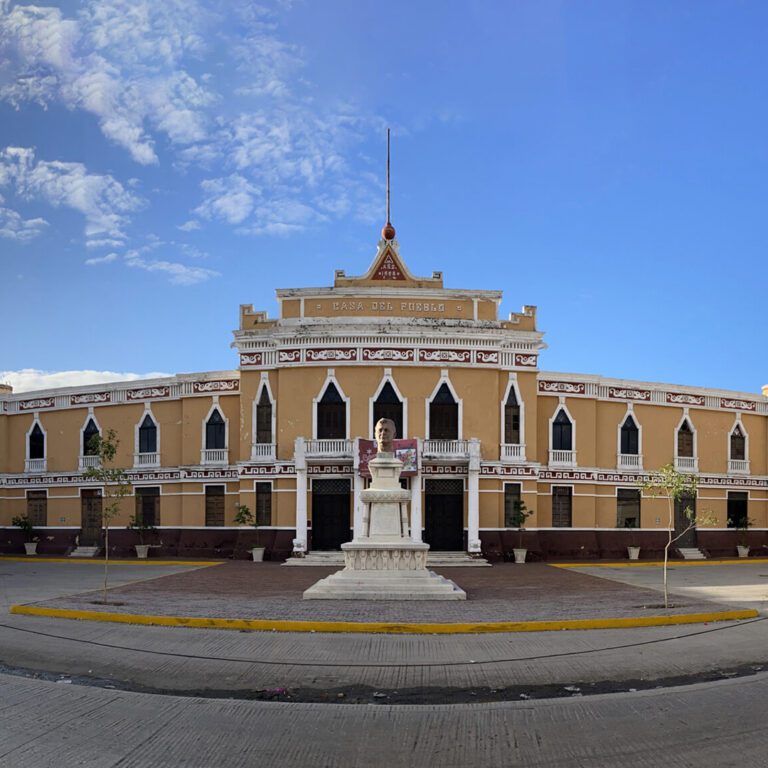

Parque de las Américas
Built between 1942 and 1945 by architects Manuel and Max Amábilis, Parque de las Américas is a sprawling complex divided into four blocks, each showcasing different aspects of Neo-Maya design. The first block features a garden and an open-air theater with an acoustic shell and pergolas, offering a picturesque setting for photography. The second block is home to a children’s park, while the third block boasts a monumental fountain adorned with large masks and serpent silhouettes. The final block houses the José Martí Library, with a facade that echoes the grandeur of Uxmal, one of the most famous ancient Maya cities.
Location: Av. Colón x 20, Col. García Ginerés, Mérida.


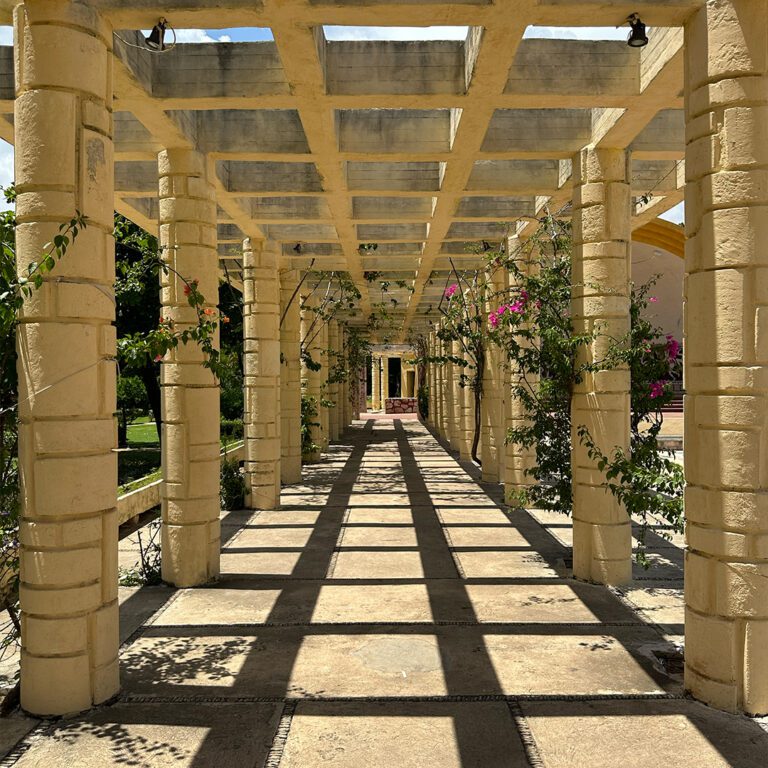

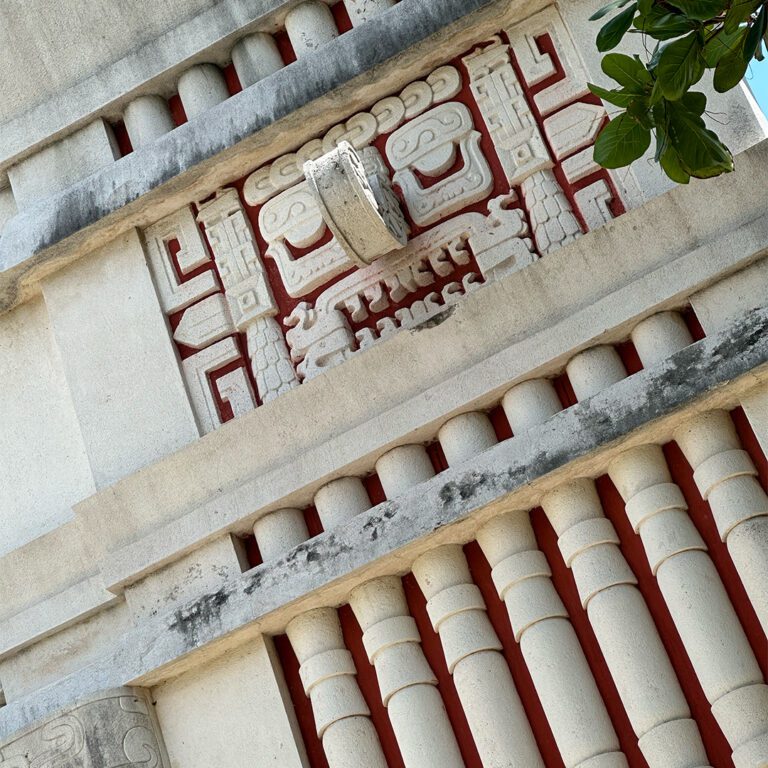

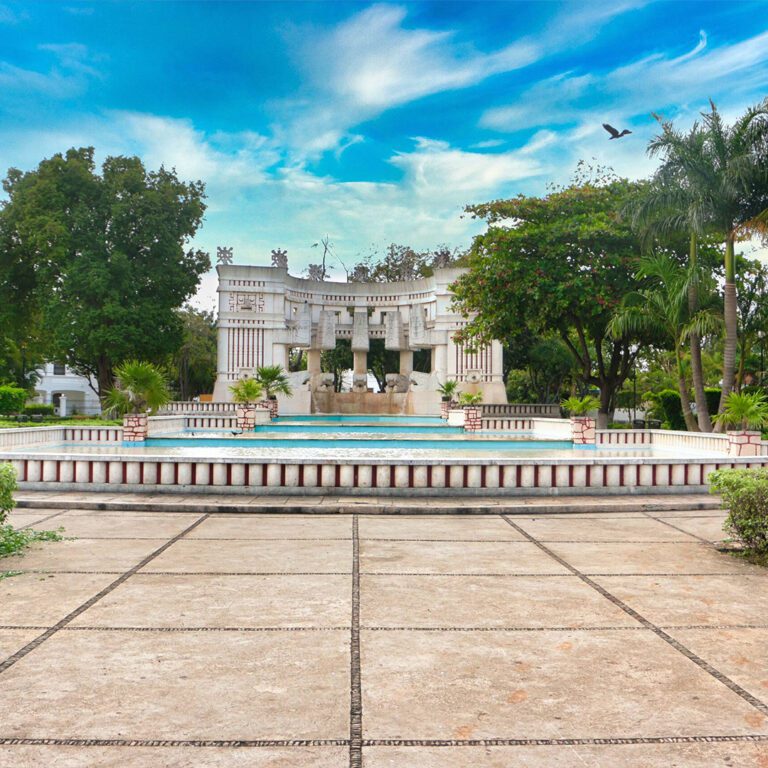

These landmarks are more than just architectural marvels; they are cultural treasures that tell the story of Yucatán’s past while reflecting the artistic and historical revival that took place after the Mexican Revolution. Exploring these sites offers a unique glimpse into the region’s rich heritage and the enduring legacy of Neo-Maya architecture.
The “Neomaya” architecture is an urban architectural creation that forms part of the cultural heritage and represents the Yucatán Peninsula and Mexico on an international level. After the Mexican Revolution, the country embarked on a mission to revive and celebrate its indigenous heritage. This cultural renaissance was expressed artistically through various Neo-Prehispanic styles, with Neo-Maya being one of the most prominent. Today, this unique architectural style can still be admired in buildings and monuments across Yucatán, particularly in certain municipalities and streets of Mérida.




